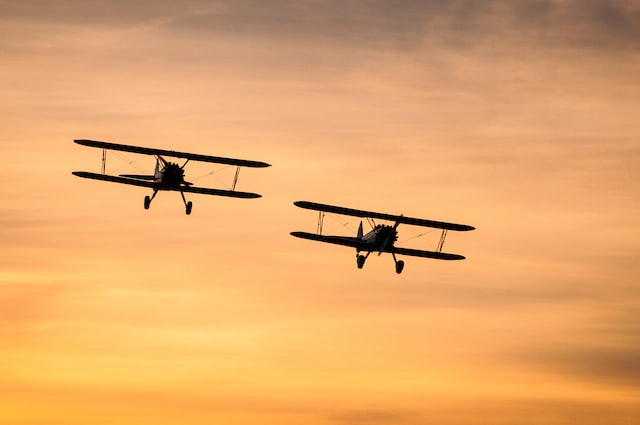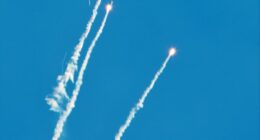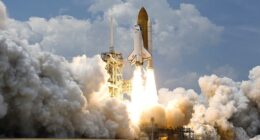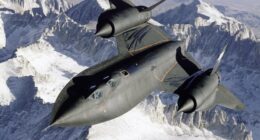Biplanes have two main wings, while monoplanes only have one. Biplanes are more difficult to fly and land than their monoplane counterparts
Biplanes
(Photo by Andrew Palmer on Unsplash )

Biplanes are a type of fixed-wing aircraft that feature two sets of wings stacked on top of each other. The upper and lower wings are connected by a series of struts and wires, creating a distinctive biplane design.
Biplanes were a common design in the early days of aviation, from the Wright Brothers’ Wright Flyer to World War I fighter planes like the Sopwith Camel and the Fokker Dr.I triplane. In fact, biplanes were the predominant aircraft design during World War I, and they were used for a variety of military roles including reconnaissance, bombing, and air-to-air combat.
One of the advantages of biplanes is that the two wings provide extra lift, which allows for shorter takeoff and landing distances. Biplanes also tend to be more maneuverable than other aircraft designs, making them ideal for dogfighting and other aerial maneuvers.
However, biplanes have some disadvantages as well. The extra wings and struts add weight and complexity to the aircraft, which can reduce speed and efficiency. Additionally, biplanes tend to produce more drag than monoplanes (aircraft with a single set of wings), which can make them less efficient in certain situations.
Despite these drawbacks, biplanes remain popular among aviation enthusiasts, and there are still several models of biplanes in production today. They are often used for recreational flying, airshows, and other types of aerial exhibitions, and they continue to be appreciated for their distinctive design and historical significance.
Monoplanes
(Image by Lynn Greyling from Pixabay )
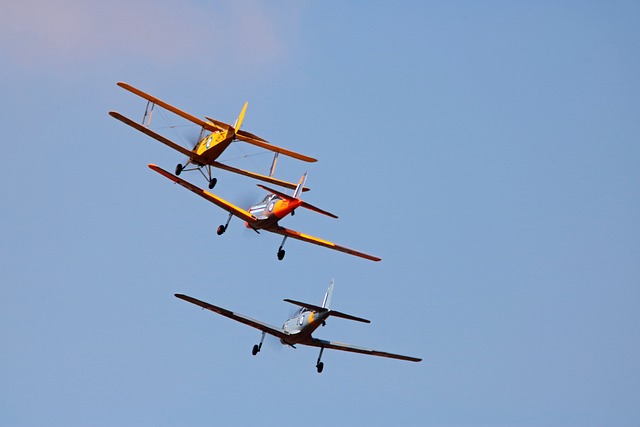
Monoplanes are a type of fixed-wing aircraft that feature a single set of wings, in contrast to biplanes, which have two sets of wings. Monoplanes are the most common type of aircraft design used in modern aviation, and they are used for a wide range of applications including commercial airliners, military jets, and private planes.
One of the main advantages of monoplanes is their simplicity and efficiency. Because they have a single set of wings, they are generally lighter and more streamlined than biplanes, which can make them faster and more fuel-efficient. Additionally, monoplanes can be designed with a variety of wing configurations, such as swept-back wings or winglets, which can further enhance their aerodynamic performance.
Monoplanes also offer advantages in terms of maneuverability and control. Because they have a single set of wings, they are typically more stable in flight than biplanes, which can make them easier to control. Additionally, monoplanes can be designed with advanced flight control systems, such as fly-by-wire systems, which can allow for more precise and responsive handling.
Despite their advantages, monoplanes do have some disadvantages. Because they rely on a single set of wings for lift, they may require longer takeoff and landing distances than biplanes. Additionally, they may be more prone to stalling or losing control at low speeds, which can be a safety concern.
Overall, however, monoplanes have become the dominant aircraft design in modern aviation due to their efficiency, performance, and versatility. They have revolutionized the way we travel and transport goods around the world, and they continue to be an essential part of modern life.
Key differences between a biplane and a monoplane aircraft
The main difference between a biplane and a monoplane aircraft is the number of wings they have. Biplanes have two sets of wings stacked on top of each other, while monoplanes have a single set of wings.
One of the advantages of biplanes is that the two wings provide extra lift, which can allow for shorter takeoff and landing distances. Biplanes also tend to be more maneuverable than monoplanes due to their shorter wingspan, which can make them more agile in certain situations.
However, biplanes also have some disadvantages. The extra wings and struts add weight and complexity to the aircraft, which can reduce speed and efficiency. Additionally, biplanes tend to produce more drag than monoplanes, which can make them less efficient in certain situations.
In contrast, monoplanes are generally lighter and more streamlined than biplanes, which can make them faster and more fuel-efficient. Monoplanes also tend to be more stable in flight than biplanes, which can make them easier to control. Additionally, monoplanes can be designed with a variety of wing configurations, such as swept-back wings or winglets, which can further enhance their aerodynamic performance.
Another key difference between biplanes and monoplanes is their historical significance. Biplanes were a common aircraft design in the early days of aviation, and they were used for a variety of military roles during World War I. In contrast, monoplanes did not become a dominant aircraft design until the 1930s, and they have since become the most common type of aircraft used in modern aviation.
Overall, the choice between a biplane and a monoplane will depend on the specific application and the desired performance characteristics. While biplanes offer some advantages in terms of lift and maneuverability, monoplanes are generally more efficient and stable in flight, making them the preferred choice for most modern aircraft designs.
The history of the airplane
Airplanes have come a long way since their inception over 100 years ago. The Wright brothers are credited with being the first to successfully fly a heavier-than-air craft, and their design was quickly adopted by the military. Since then, there has been a continuous effort to improve airplane design.
One of the earliest decisions aircraft designers had to make was whether to use a biplane or monoplane configuration. The main difference between the two is that a biplane has two sets of wings, while a monoplane has only one.
The Wright brothers chose to use a biplane configuration for their early aircraft. This was in part because it was more structurally sound, but also because it allowed for a more compact design. The downside to the biplane configuration is that it is not as aerodynamically efficient as a monoplane and thus cannot fly as fast.
In the early days of aviation, the faster flight was not a priority and so the biplane remained the standard configuration for many years. It wasn’t until World War I that aircraft designers began to focus on speed and the monoplane started to become more popular. The main advantage of the monoplane over the biplane is its aerodynamic efficiency, which
The first powered flight
The first powered flight in history was achieved by the Wright Brothers, Orville and Wilbur Wright, on December 17, 1903, at Kill Devil Hills near Kitty Hawk, North Carolina, in the United States.
The brothers had been experimenting with gliders for several years, and they had developed an innovative control system that allowed a pilot to adjust the wings to maintain stability and control the direction of flight. However, they realized that powered flight was necessary to achieve true controlled flight.
The brothers designed and built their own engine and aircraft, which they named the Wright Flyer. It was a biplane with a wingspan of 40 feet and a weight of approximately 600 pounds. The engine produced 12 horsepower, and the aircraft was launched from a wooden rail with a catapult mechanism.
On the morning of December 17th, the Wright Brothers made several attempts to achieve powered flight. On the fourth attempt, Orville Wright piloted the Flyer for 12 seconds, covering a distance of 120 feet. This was the first powered flight in history, and it marked a major milestone in the development of aviation.
Over the course of the day, the Wright Brothers made three more flights, with Wilbur piloting the final flight, which lasted 59 seconds and covered a distance of 852 feet.
The Wright Brothers’ achievement was not immediately recognized as a significant breakthrough, but it eventually paved the way for the development of modern aviation. Today, their historic flight is celebrated as a landmark achievement in human history, and their legacy lives on in the countless aircraft that fly through the skies every day.
Photo by Simon Fitall on Unsplash
